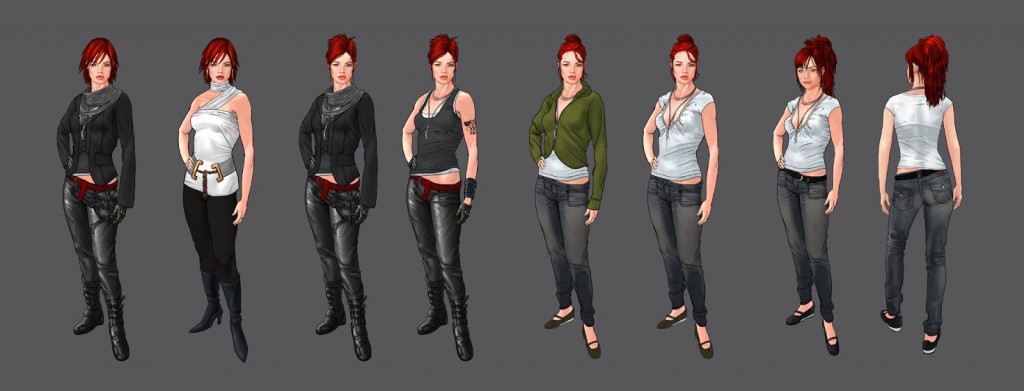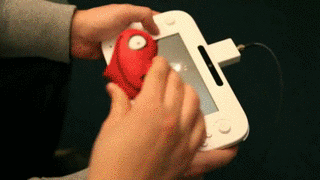Tom Clancy’s Splinter Cell: Blacklist is an action / stealth game developed by Ubisoft Toronto, Ubisoft Montreal and Ubisoft Shanghai, published for PlayStation 3, Wii U, Xbox 360 and PC in 2013. As we can read on Wikipedia, in November 2010 Jade Raymond from Ubisoft Toronto announced that the studio was developing a new Splinter Cell game.
During the Microsoft’s press conference at E3 2012, Splinter Cell: Blacklist was officially revealed with a beta video that you can see below. One major difference is the plot and interactive torture sequence in the beta. After a major uproar from critics, it was announced by the creative director of the game, Maxime Béland that the now dubbed “interrogation” sequences are rendered cutscenes and the only choice made by the player is to either let the target live or die.
Ubisoft responded with an official statement regarding the removal of the controversial scene:
“As with other game features, the storyline evolves as part of the standard development process. Based on how the game has progressed, we felt that this scene no longer fit in the context of the game, so we decided to remove it. Splinter Cell Blacklist, like previous Splinter Cell titles, has always tried to keep the topics and themes relevant and current. Splinter Cell Blacklist explores moral choices and dark themes through the concept of the Fifth Freedom; a recurring theme in the franchise.”
“Definitely we are not going to see when the game’s coming out that there are torture scenes in it. That scene is not there any more,” said producer Andrew Wilson “The first thing I’d say about that is that possibly there was missing context – and in an unabridged snapshot, it seemed like pretty tough material.”
The second major change is the plot: in the beta the group known as The Engineers are a quasi-league of nations rather than a borderless terrorist group that has the national backing of twelve unnamed nations found in the final game.
The level itself was unchanged during development other than who inhabits the camp and level introduction. The camp in the beta was labeled as “ Jadid Basecamp”. In the final game, only the location is given: Mirawa, Iraq. The introduction of the level in the beta has Sam Fisher wearing an enemy uniform and carrying a body into the camp. In the final product, Sam Fisher is air-dropped into the level after enemies near the LZ (landing zone) are eliminated by sniper support.
- Some minor changes between the beta and final game are:
- The level’s name colors are changed: green in the beta, white for the released game.
- Changes in the HUD (heads up display) such as weapon icons.
- The choice to either kill or spare Jadid Haidos isn’t in the beta.
- Jadid Haidos’ model is changed between the beta/ released game.
- Icons for the mark and execute are changed.
- Sounds for in the process of being detected and finally being detected are changed. Also, the words “Warning” and “Detected” do not appear in the final game.
- The icons for the three play styles: ghost, panther, and assault are not in the beta.
- There is no ability to call in an air strike from the Paladin as shown in the beta is not available in the final game.
- There is no ability to use explosive breaches as in the beta.
- Drone strike are not as readily available as in the beta.
- The mission’s endings are changed between the beta and the final game.
Jeff Wheaton noticed a number of notable differences (in chronological order of the video):
- The level shown is not in the final game. No exact designs are taken from it, though many of its assets do appear.
- Sam is never wearing the enemy uniform in the final game, nor are there any player-driven animations of him carrying an unconscious or dead character.
- At no point in the final game do button prompts appear in any language other than the selected localization
- The animations for most of the stuff in the cutscenes are absent from the final game.
- The icons for marks in the final game are slightly different.
- A lot of cutscene dialogue never appears in the final game.
- A lot of HUD differences
- Several plot differences. In the final game, the Blacklist is masterminded by a borderless group of individuals calling themselves The Engineers, not a group of nations.
- Different sound for being detected. The final game also does not feature a “Warning” message.
- The Ghost, Panther, and Assault point indicators are absent from the entire demo.
- There is no instance of being able to trigger a UAV strike in the manner shown in the demo in the final game.
- Jadid’s dialogue is different than it was in the final game, and no Spare or Kill option is given.
Very interesting nonetheless! Thanks a lot to Jeff and Matt Redmond for the contribution
Beta Video:


